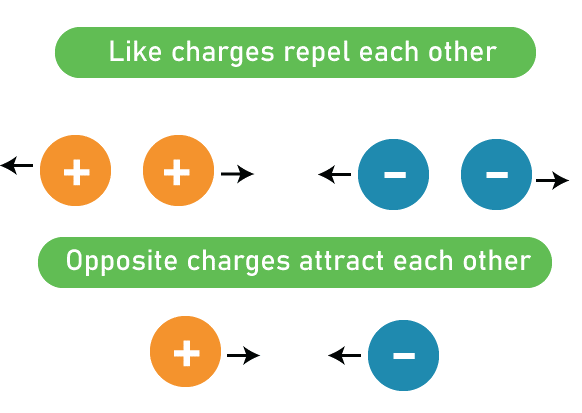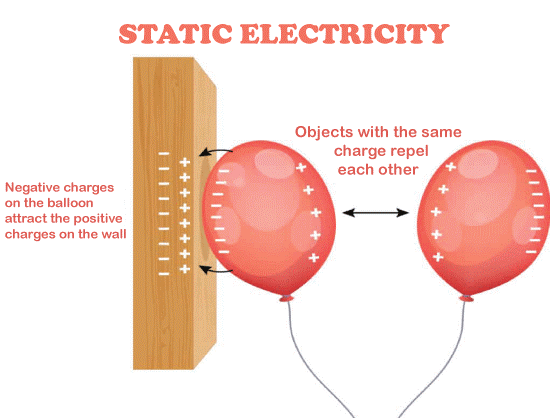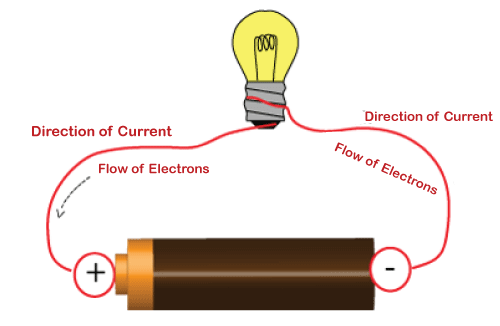Charges DefinitionElectric charge is referred to as the property of a matter that makes the object encounter some force when put in an electric or magnetic field. The continuous movement of electric charges leads to the creation of a magnetic or electric field. When numerous electric fields are combined, an electromagnetic field is formed. There are basically two types of charges, positive charges and negative charges. Positive charges are known as protons, and negative charges are known as electrons. When the charge is zero, it is known as neutrons. Electric charges are the scalar quantity. No doubt electric charges hold both magnitude and direction. Still, since the charges can not follow the triangle law of vector addition and parallelogram law of vector addition, they are not expressed as a vector quantity. A negative charge of an object indicates more amount of electrons over protons but a positive charge over an object indicates more protons than electrons. Coulomb is referred to as the standard unit in which electric charges are measured. Q = I x T, where Q is the electric charge, I is the electric current, and T refers to the time 
Properties of electric chargesThere are some various properties of electric charges which are stated as follows:
Coulomb's lawAccording to coulomb's law, there are two point charges, the repulsion between them or the electrostatic force between them and the product of the magnitude of charges is directly proportional and is inversely proportional to the square of the distance between them. It is used to obtain the amount of force between two given points. Methods of chargingCharging is the process when an object loses its electric charges. It is basically done to charge a new or uncharged object. Charging is done in three ways:
Static electricityWhen two objects or things are brought near each other that are not at equilibrium, the related electric charge and electrostatic charge are referred to as static electricity. The electrostatic charge initiates the shifts in the charges between the two objects. 
Electrification by friction
This experiment will derive the following results:
This experiment is often done to explain the concept of electrification. This concept of attraction and repulsion is considered to be one of the electric phenomena, and the bodies are said to be electrified. Current electricityThe flow of electric charges through an object is referred to as electric current. The moving particles in an electric current are known as a charge. 
These charge carriers depend on the conductor to a conductor like charge carriers moving through a wire are electrons and holes in semiconductors, ions in electrolytes and in the form of gas and plasma. The standard unit of electric current is known as an ampere, which is measured by a device known as an ammeter. There are two types of electric current: Direct current- When the direction of the current electricity stays constant, then it is called direct current. In this current flow of electric current is from high electron density to low electron density, and the current remains the same throughout. Direct current is often abbreviated as DC and is very much involved while using household appliances or machines. Alternating current- The current electricity in which the direction of the flow of charges keeps on changing is referred to as alternating current. Alternating current is abbreviated as AC and is often used to supply the current in electrical outlets in homes and industries. The alternating current electricity is bidirectional. Difference between static electricity and current electricity
Next TopicChromosomes Definition
|
 For Videos Join Our Youtube Channel: Join Now
For Videos Join Our Youtube Channel: Join Now
Feedback
- Send your Feedback to [email protected]
Help Others, Please Share










